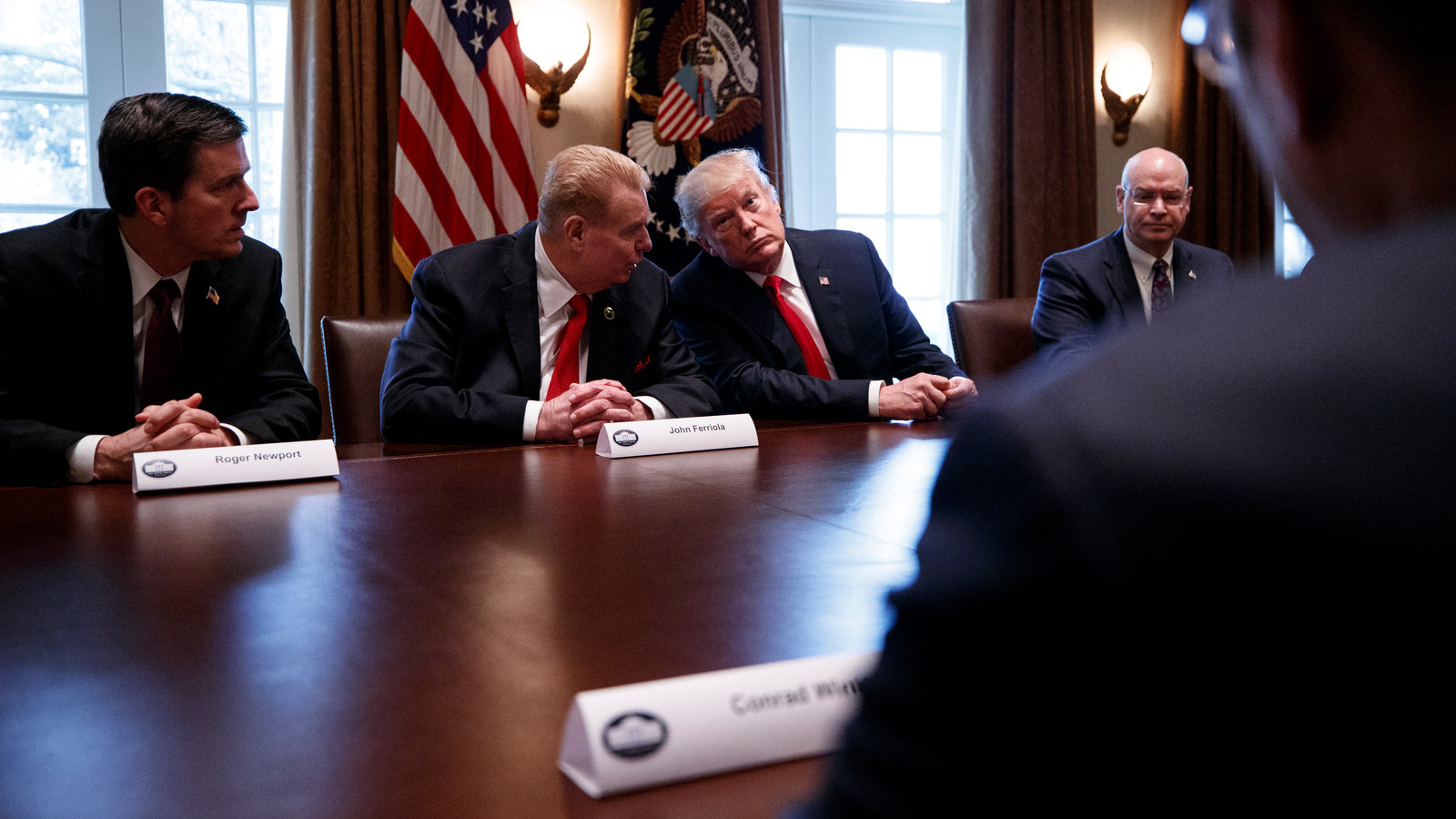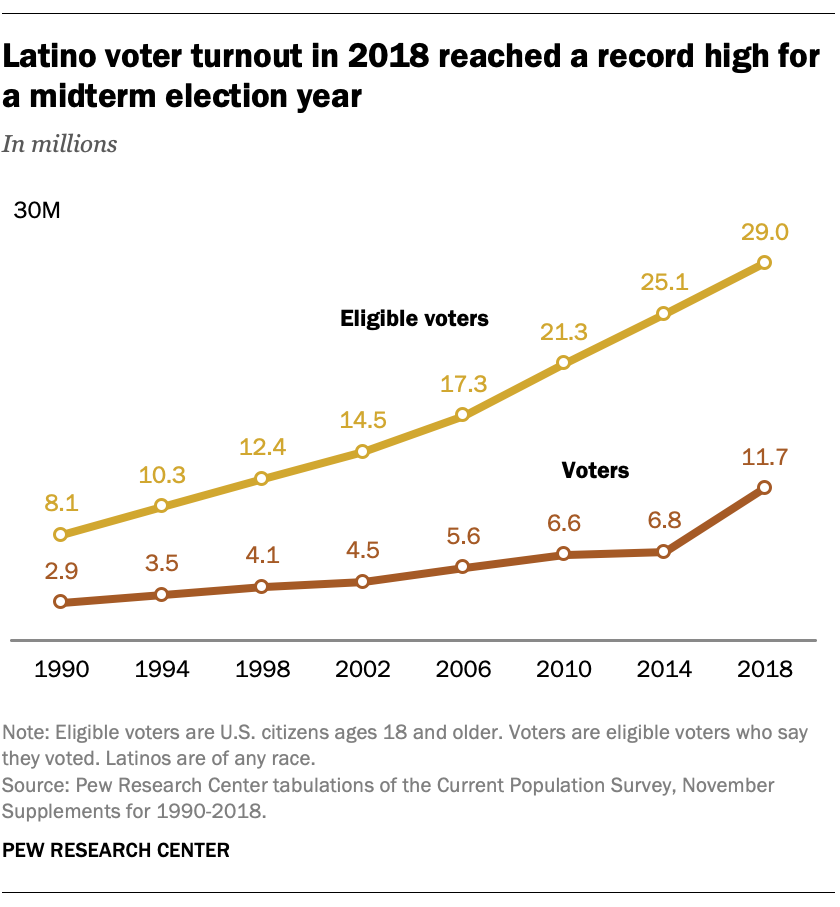Trump's Tariffs: Automakers Grapple With Uncertainty

Table of Contents
The Initial Shock: Immediate Impacts of Trump's Tariffs on Auto Production
The implementation of Trump's tariffs on steel, aluminum, and various imported parts sent shockwaves through the auto industry. The immediate effects were substantial, impacting both production costs and consumer demand.
Increased Costs of Imported Parts
Tariffs dramatically increased the cost of imported materials crucial for automobile manufacturing. Steel and aluminum, essential components in vehicle bodies and parts, faced significant tariff hikes. This led to a ripple effect, increasing the price of numerous other parts sourced internationally.
- Affected Parts: Steel, aluminum, tires, electronic components, and various other specialized parts.
- Price Increases: Significant price increases ranging from 10% to 30% were reported depending on the specific part and its origin.
- Countries Affected: China, Canada, Mexico, and the European Union were among the countries whose exports to the US faced tariffs, impacting the sourcing of various auto parts.
Reduced Consumer Demand
The increased manufacturing costs, driven by Trump's tariffs, were inevitably passed on to consumers in the form of higher vehicle prices. This led to a noticeable decrease in consumer demand.
- Sales figures for several major automakers showed a decline in the period following the tariff implementation.
- Consumers, faced with higher prices, either delayed purchases or shifted their preferences toward used cars or brands offering more affordable alternatives.
- This downturn highlighted the sensitivity of the automotive market to price fluctuations and the direct impact of protectionist trade policies.
Adapting to Uncertainty: Strategic Responses by Automakers
Faced with increased costs and reduced demand, automakers were forced to adapt their strategies to mitigate the negative impacts of Trump's tariffs.
Restructuring Supply Chains
Many automakers embarked on ambitious efforts to restructure their global supply chains. This involved several key strategies:
- Reshoring: Bringing manufacturing and sourcing back to the US, reducing reliance on foreign suppliers subject to tariffs. This involved significant investments in domestic facilities and infrastructure.
- Nearshoring: Shifting sourcing to countries geographically closer to the US, such as Mexico and Canada, reducing transportation costs and tariff exposure.
- Diversification: Exploring alternative suppliers in countries not impacted by the tariffs, diversifying risk and securing a stable supply of parts. Ford's decision to source more steel from domestic producers is a prime example of this reshoring strategy.
Price Adjustments and Innovation
Automakers also responded by adjusting pricing strategies and investing in innovation.
- Price Adjustments: Some manufacturers absorbed some of the increased costs to maintain competitiveness, while others passed the increased prices directly onto consumers.
- Technological Advancements: Investments in new technologies and manufacturing processes aimed at reducing costs and improving efficiency became a priority. This included exploring alternative materials and adopting more automated production techniques.
- New Models: Some manufacturers introduced new, more cost-effective models designed to appeal to price-sensitive consumers.
Long-Term Implications: The Lasting Effects of Trump's Tariffs on the Automotive Landscape
The long-term impact of Trump's tariffs on the auto industry remains a subject of ongoing discussion and analysis. The repercussions extend beyond immediate cost increases and extend to geopolitical relations and overall investment.
Geopolitical Ramifications
Trump's tariffs significantly strained US trade relations with several key automotive partners, leading to:
- Retaliatory Tariffs: Several countries imposed retaliatory tariffs on US automotive exports, creating a trade war that negatively impacted both US and foreign automakers.
- Trade Disputes: The tariffs escalated trade disputes, creating uncertainty and hindering global cooperation in the automotive sector.
- Global Supply Chain Instability: The disruptions to established global supply chains resulted in instability and increased vulnerability for the entire industry.
Investment and Job Creation
The effects of Trump's tariffs on US automotive investment and job creation were mixed.
- While some investments shifted toward domestic production due to reshoring efforts, the overall impact on job creation remains debated.
- The increased costs and reduced demand may have offset any positive job creation resulting from reshoring.
- The long-term competitiveness of the US automotive industry in a globalized market is a significant concern in the wake of these tariffs.
Conclusion: Understanding the Legacy of Trump's Tariffs on Automakers – A Path Forward
Trump's tariffs inflicted a significant blow on the American auto industry, causing immediate increases in production costs, reduced consumer demand, and long-term uncertainties. Automakers responded with strategic adaptations to their supply chains and production methods, but the lasting impact remains complex. The geopolitical ramifications and the long-term effects on investment and job creation highlight the intricate connections between trade policy and the health of the automotive sector. To fully understand the lasting consequences of these policies, further research into the ongoing challenges and adaptations within the industry is crucial. Explore resources from organizations like the Center for Automotive Research (CAR) or the Alliance for Automotive Innovation for more detailed insights into the legacy of Trump's tariffs and the future of the automotive industry.

Featured Posts
-
 La Fires Fuel Landlord Price Gouging Controversy A Selling Sunset Stars Perspective
May 03, 2025
La Fires Fuel Landlord Price Gouging Controversy A Selling Sunset Stars Perspective
May 03, 2025 -
 Analyzing The 2024 Election Key Insights From Florida And Wisconsin Voter Turnout
May 03, 2025
Analyzing The 2024 Election Key Insights From Florida And Wisconsin Voter Turnout
May 03, 2025 -
 Joseph Tf 1 Decryptage De La Creme De La Crim
May 03, 2025
Joseph Tf 1 Decryptage De La Creme De La Crim
May 03, 2025 -
 La France Et La Russie Macron Prepare Une Intensification De La Pression
May 03, 2025
La France Et La Russie Macron Prepare Une Intensification De La Pression
May 03, 2025 -
 La Terapia Alla Russofobia Secondo Medvedev Un Analisi Delle Sue Dichiarazioni Sui Missili
May 03, 2025
La Terapia Alla Russofobia Secondo Medvedev Un Analisi Delle Sue Dichiarazioni Sui Missili
May 03, 2025
